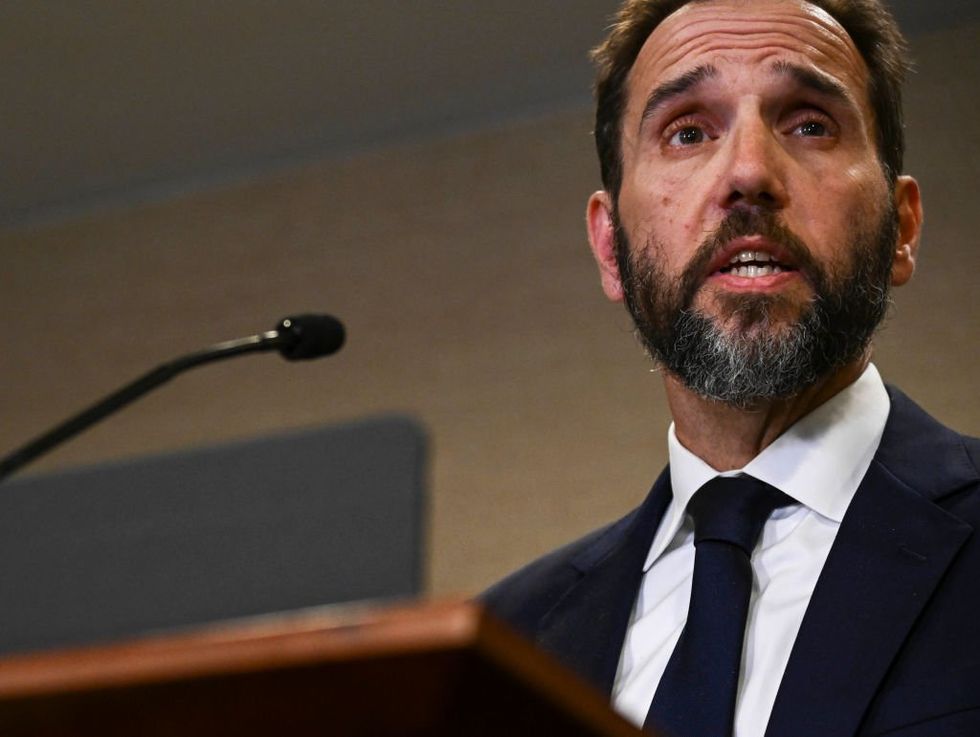Fed stunner: We’ll need equivalent of 300 new Hoover dams to keep up with power demand
'The type of processor needed to run AI uses as much power as an average American home'



The U.S. Department of Energy recently made a startling admission. U.S. electricity demand is going to double by 2050 and meeting that soaring demand is going to require the equivalent of building 300 Hoover Dams.
As extraordinary as that estimate is, it’s likely far too low. In many regions of the country, utilities and grid operators are warning power demand is growing far faster and higher.
Electrification of the economy with adoption of heat pumps and electric vehicles is part of the demand sea change. So is industrial onshoring of new energy-hungry battery and semiconductor manufacturing plants. But the electricity demand gamechanger is the explosive growth of AI and the enormous data centers needed to support it.
Running an internet search using AI consumes more than ten times as much energy as a traditional Google search. And the type of processor needed to run AI uses as much power as an average American home.
The newest and largest class of data centers are so large their power demand is equal to that of a city the size of Seattle. Dozens of these facilities are now in development.
In Virginia, the nation’s data center capital, the state’s largest utility expects power demand to jump 85% in the next 15 years with power demand from data centers quadrupling.
AEP, a utility with service territory in 11 central states serving 5.6 million customers, has reported that companies representing 15 gigawatts of new power demand – mainly from data centers – are seeking connection by 2030. That’s power demand equivalent to what’s needed for 10 million homes.
With the emergence of data centers and rising industrial activity, Georgia’s main utility, Georgia Power, has boosted its demand projections sixteen-fold from a year ago.
And not to be outdone, the Electric Reliability Council of Texas, the grid operator for most of the state, announced this summer it expects power demand to nearly double in the state in just six years.
Across the country, utilities and grid operators are left wondering where exactly is the power going to come from?
While power demand surges, efforts to meet it are in disarray. In fact, thanks to the U.S. Environmental Protection Agency (EPA), many regions of the country are losing essential existing capacity faster than they can replace it.
The EPA is using a blitz of rules with impossible technology mandates to wipe out the nation’s coal power plant fleet and make it all but impossible to build new baseload coal and natural gas power plants. Rules targeting the existing natural gas fleet are also forthcoming.
And while EPA tears down the capacity we currently rely on, efforts to build new capacity are stuck in first gear. Permitting, financing and supply chain problems are tying up or derailing energy and infrastructure projects all over the country.
According to the Lawrence Berkley National Laboratory, roughly one-third of utility-scale wind and solar siting applications submitted over the last five years were canceled, while about half of wind and solar projects experienced significant delays.
Nationally, we’re supposed to be building thousands of miles of high-voltage transmission lines each year to move remote wind and solar power to demand centers. We completed just 55 miles last year.
The nation’s grid operators are now adamant we face an alarming mismatch between the power we need and what we’re going to have available. In fact, the nation’s grid reliability watchdog is already warning of blackouts for much of the country by the close of the decade. But even if the worst grid emergencies can be avoided, our self-imposed power shortages threaten immense economic damage.
We’re on a trajectory to short-circuit our own economic potential by not having the power supply available to meet new industrial demand. Tightening supplies are already reflected in prices. Electricity price inflation is now 50% higher than economy-wide inflation.
When data centers or newly proposed car or battery plants can’t find available or reasonably priced power, they simply won’t be built, leaving untold jobs and tax revenue on the table.
In just one county in Northern Virginia, tax revenue from data centers is projected to reach $1.5 billion a year by 2030. But that’s only if the data centers can find available electricity.
Meeting the enormous electricity demand now on our doorstep requires using every tool at our disposal, including the very plants EPA is determined to close.
The nation’s coal power fleet is a deeply valuable asset that can help preserve grid reliability, meet soaring demand and get us to our energy future. It’s past time for energy and regulatory policy to recognize it. Derailing the nation’s economic and industrial potential is a mistake we simply don’t have to make.
Rich Nolan is president and CEO of the National Mining Association.
SUPPORT TRUTHFUL JOURNALISM. MAKE A DONATION TO THE NONPROFIT WND NEWS CENTER. THANK YOU!
Originally Published at Daily Wire, World Net Daily, or The Blaze
What's Your Reaction?
































































































